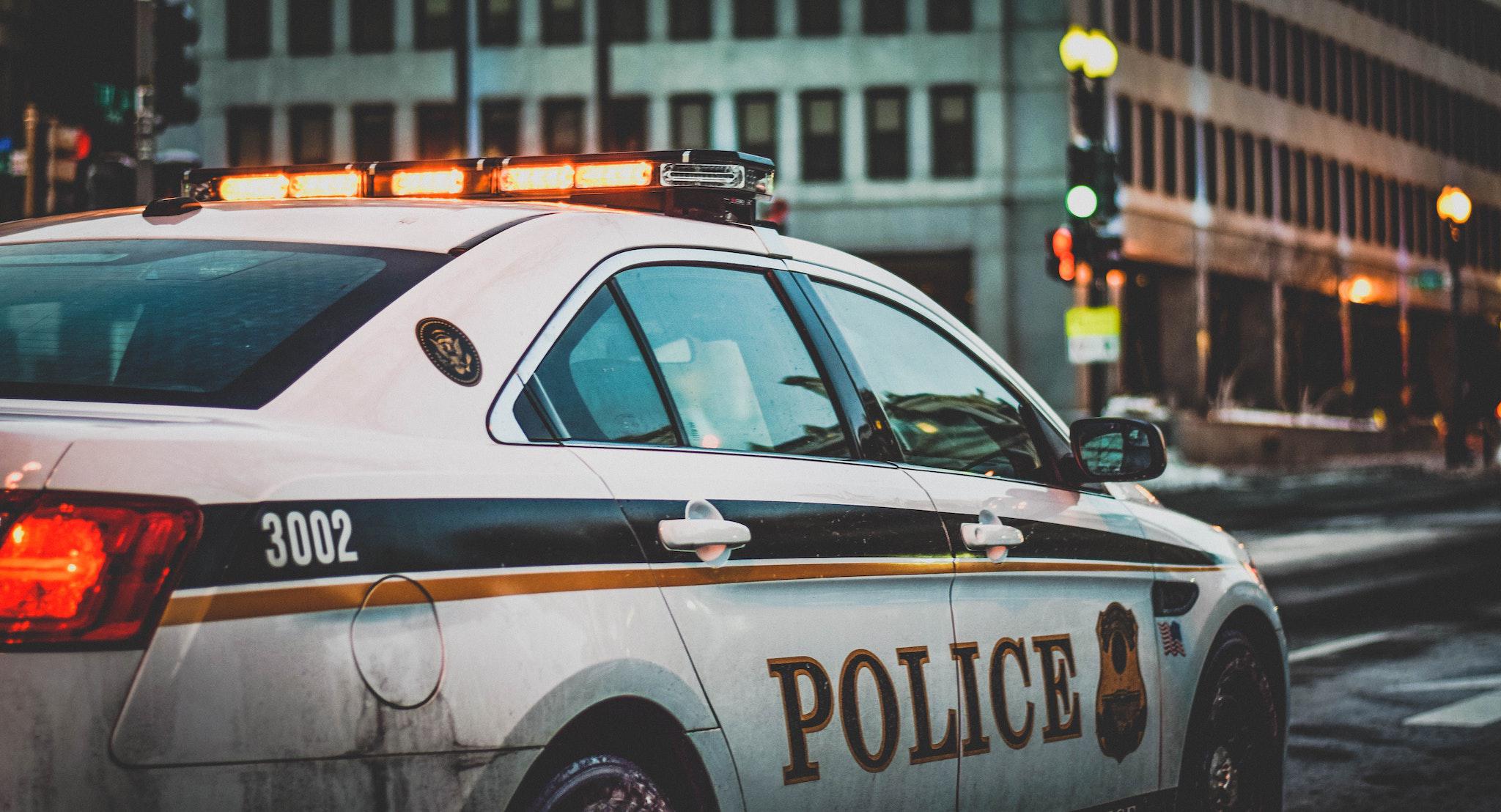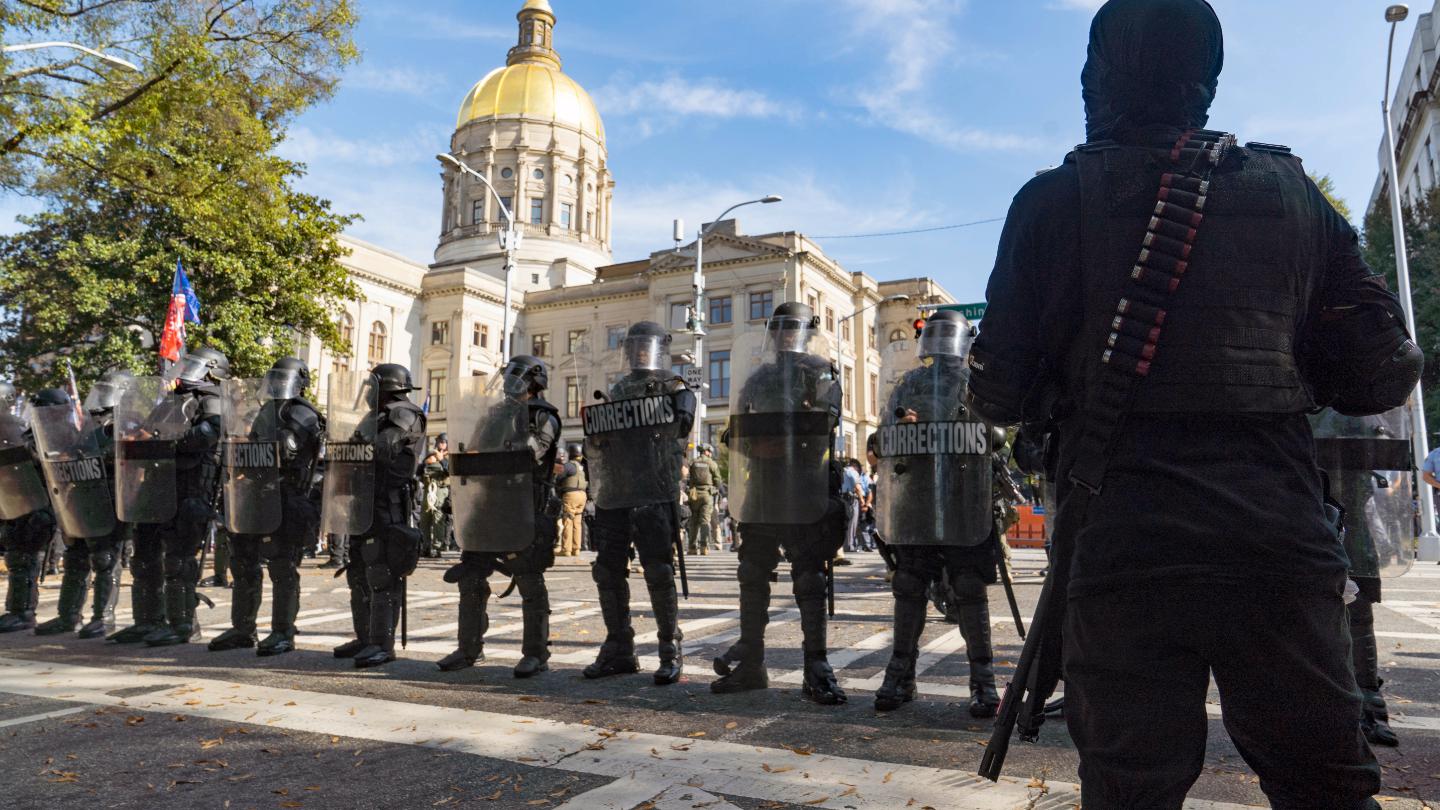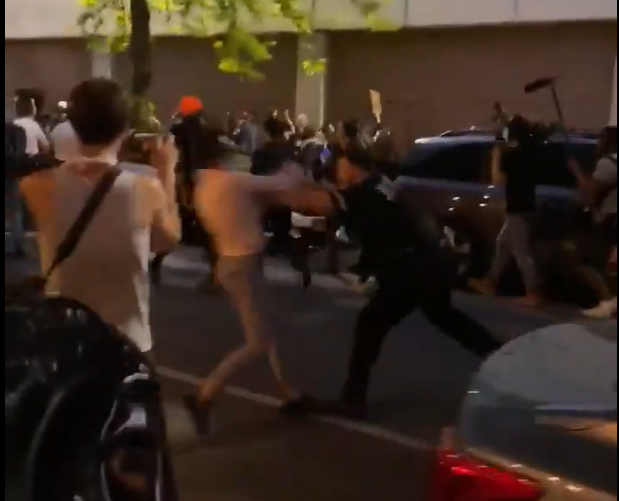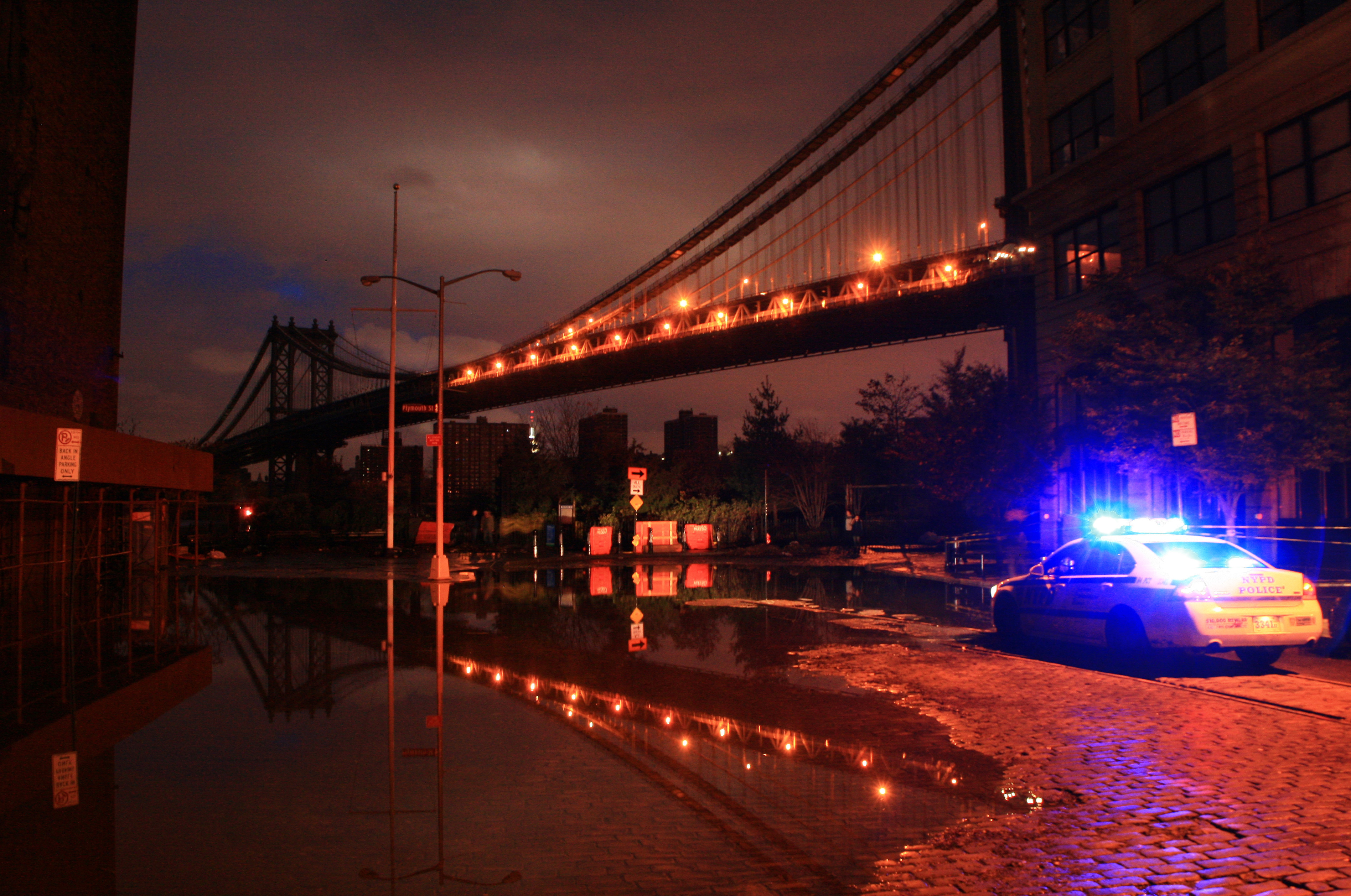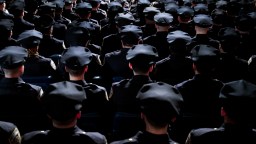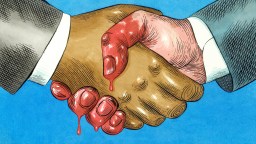Police
Three ideas could help create the police force that Americans want.
A new look at existing data by LSU researchers refutes the Trump administration’s claims.
The videos raise serious legal and moral questions about police crowd-control tactics.
Handing out tickets might be distracting police departments from working on more serious crimes.
Former tennis pro James Blake makes a case for transparency in police departments.
▸
8 min
—
with
Are you detective material? This visual intelligence test will make you think twice about accuracy and just how much details matter.
▸
3 min
—
with
Journalist Jelani Cobb considers the impact of Obama’s presidency on race in America. Did he make good on the promise of change that got him elected?
▸
6 min
—
with
Authorities in France and Scotland are taking very different approaches to Islamic dress in their societies.
